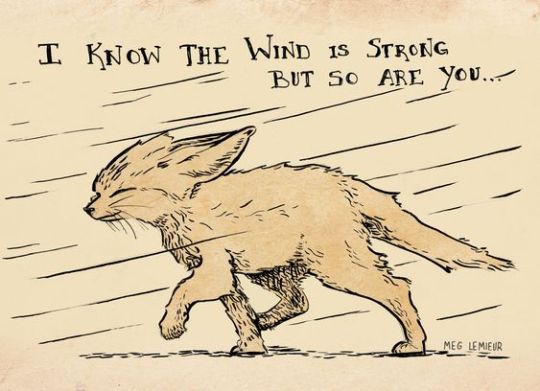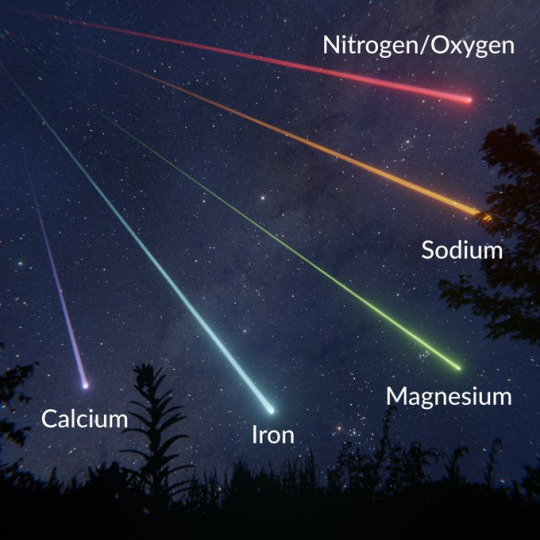#UNIVERSE
Explore tagged Tumblr posts
Text




◾️🤎🖤⚜️Moon Fall⚜️🖤🤎◾️
#gifs(edits) made by me :)#assassin1513#mystical#mystic#stars#moon#moon vibes#moon and stars#moon phases#moonshine#full moon#moon aesthetic#moonlight#moonchild#mooncore#moon child#moon cycle#moon light#moon astrology#glitter#vintage#universe#outer space#space vibes#space aesthetic#cosmos#bronze#gold#to infinity and beyond#beyond the stars
6K notes
·
View notes
Text

Moon, Jupiter, and Venus Conjunction
929 notes
·
View notes
Text




Total Lunar Eclipse, Blood Worm Moon © astronycc
#worm moon#moon#astrophotography#total lunar eclipse#full moon#stars#night sky#galaxy#universe#cosmos#space#planet#astronomy#solar system
14K notes
·
View notes
Text

M72 is a collection of stars, formally known as a globular cluster, located in the constellation Aquarius roughly 50,000 light-years from Earth. The intense gravitational attraction between the closely packed stars gives globular clusters their regular, spherical shape. There are roughly 150 known globular clusters associated with the Milky Way galaxy.
Credit: ESA/Hubble & NASA, A. Sarajedini, G. Piotto, M. Libralato
765 notes
·
View notes
Text

source
#you are strong#you can do this#art#aesthetics#fox#indie#grunge#alternative#aesthetic#space#universo#universe#vintage#stars
257K notes
·
View notes
Text

Different chemicals in meteors produce different colors; the faster a meteor moves, the more intense the color may appear(x)
#space#universe#meteor#meteor shower#sky#night#astrophotography#astronomy#solar system#galaxy#science#planets#stars
11K notes
·
View notes
Text

https://flic.kr/p/2qVN1Hc
#ngc346#esa#europeanspaceagency#space#universe#cosmos#spacescience#science#spacetechnology#tech#technology#hst#hubblespacetelescope#galaxy#supernova#nasa#creativecommons#stars#star#smallmagellaniccloud#smc
65 notes
·
View notes
Text
Idk I find it pretty fascinating that space is so big and I, ME I get a chance to live 🌌


























My favourite space images from Hubble space telescope. Thank you so much for giving us the stunning visuals of galaxies, stars and nebula. Happy 35th anniversary to the Hubble space telescope 🔭
#hubble space telescope#space#astrophotography#universe#galaxy#science side of tumblr#picture#prettyy#spacee#idk what else to tag#idk man#idk what im doing#iam Lucky#to live for the hope of it all#taylor swift#billie eilish
1K notes
·
View notes
Text

#universe#gratefulness#spiritual#quotes#inspiration#life#soul#inspirational#spirituality#love#spirit#spiritual community#spiritual awareness#spiritual awakening#spiritual development#spiritual healing#spiritual journey#spiritualgrowth#spiritualguidance#spiritual growth#motivation#motivational#success#manifestation#manifesting#hope#believe
91 notes
·
View notes
Text


Saturn's Aurora
832 notes
·
View notes
Text




Hubble's new 35th anniversary images ©
#space#hubble telescope#astrophotography#stars#nebula#galaxy#cosmos#planet#astronomy#solar system#universe#nasa#night sky
3K notes
·
View notes
Text
youtube
A new Space Show is coming to the Museum in June! Get a front-row seat to spectacular moments that have shaped our place in the universe in the new Hayden Planetarium Space Show, Encounters in the Milky Way. Narrated by actor Pedro Pascal, Encounters in the Milky Way reaches billions of years into the past and peers millions of years into the future for a time-traveling journey about the cosmic movements that shape our galactic neighborhood, including the paths of stars, comets, interstellar debris, and visually stunning gas and dust clouds.
#science#amnh#museum#natural history#pedro pascal#astronomy#universe#cosmos#milky way#planetary science#planetarium#things to do in nyc#space#Youtube
100 notes
·
View notes
Text
to gain something new, you have to let go of something old. it might be a belief, a version of yourself, a story you’ve clung to for comfort. but expansion doesn’t come without release. the life you want is already waiting, but it won’t meet the you who keeps choosing limitation. loosen your grip. you don’t need it anymore. a lot of people are addicted to misery because it brings them comfort. however, as miss taylor swift said…comfort is a construct! it’s often just familiarity dressed up as safety. we cling to what we know, even if it hurts, because the unknown feels threatening. but in reality, it’s where all transformation lives. comfort zones don’t keep you safe, they keep you stagnant. the life you want will require you to break the illusion and step beyond what feels comfortable.
#law of assumption#4d reality#desired reality#loassblog#loassumption#manifest#master manifestation#master manifestor#pure consciousness#reality shifting#neville goddard#manifesting motivation#shifting motivation#void success#loa success#success story#loassblr#loass states#loass post#loa tumblr#loablr#loa blog#manifest ur dreams#law of manifestation#manifesation#manifesting#universe#law of attraction#shifting consciousness#shifting
82 notes
·
View notes
Text

Ctto
#stars#aesthetic#selenophile#selenofilia#night sky#stargazing#universe#moon#galaxy#star gazer#beautiful
34 notes
·
View notes
Text










╭₊˚๑ ʚ₍ᐢ introduction to my 1313 DR!! ᐢ₎ɞ﹕🫧₊˚੭
┈ ˚⊹↴. 。꒰ i was planning on posting this on tt first but it’s cropping all the photos!?!? idk if it’s a new feature but i’d have to remake it to post🫠 ꒱ ₊˚๑°
any i’ll hope you like what i can fit here!! happy shifting💙
#reality shifter#shiftblr#shifting antis dni#shifting community#reality shifting#desired reality#shifting realities#shifting blog#universe#scripting#dr playlist#shifting aesthetic#non shifting#shifters#shiftinconsciousness#shifting#anti shifters dni#shifting motivation#shifting script#dr intro#supernatural dr#merged dr#mash dr#dr pinterest board#desired self
36 notes
·
View notes